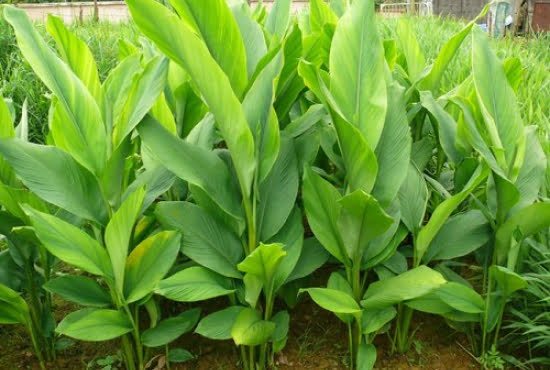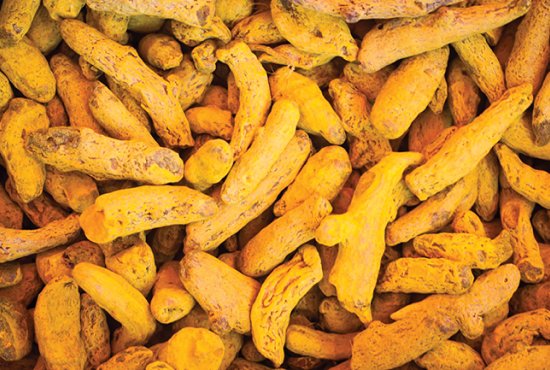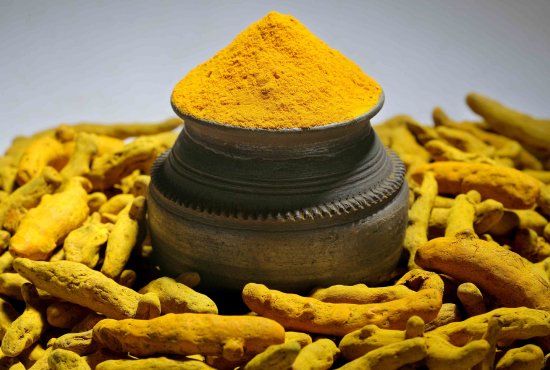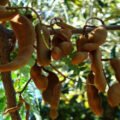Introduction Of Turmeric

Turmeric Plant Details

Growing Tips
Turmeric plants are perennial in warmer climates, and they can be grown outdoors year-round in U.S. Department of Agriculture plant hardiness zones 9 through 11, as well as in subtropical climates. It prefers well-drained, slightly acidic soil and a sunny spot with partial shade during periods of extreme heat. Adding nitrogen to turmeric soil helps reduce leaf yellowing and curling.
Pests that attack turmeric include whiteflies, mites, and aphids — especially when plants become stressed from poor drainage or overwatering. Mites may be deterred by spraying your plant with a mixture of 1/4 cup mild soap powder or mild insecticidal soap mixed with 2 gallons of water; repeat every seven to 10 days until they disappear
A brief history of turmeric
The turmeric plant was cultivated in South Asia for thousands of years before it was spread across India, Southeast Asia, and later to China. The medicinal properties of turmeric have been known in Chinese medicine for more than 3,000 years.
It was described as a treatment for 53 diseases and illnesses in Huangdi Neijing, an ancient Chinese medical text dating back to about 100 B.C. Before reaching Europe, turmeric made its way around Africa where Arab traders picked up on its medicinal value and introduced it to Spain and Italy during the Middle Ages. Its use steadily spread from there until it landed on American shores when European settlers arrived in North America during colonial times.
The turmeric plant, Curcuma longa, is native to tropical South Asia and needs temperatures between 20 and 30 degrees Celsius (68- and 86-degrees Fahrenheit) and a considerable amount of annual rainfall to thrive. It is cultivated in many countries throughout Southeast Asia, India, China, Nigeria, and Brazil. India accounts for 75% of world production. In 2010-2011
it was cultivated on about 187,200 hectares with a yield of 23,000 tonnes per year; 97% of global production originates in West Bengal. Turmeric does not grow well in areas where temperatures fall below 12°C (53°F). Most commercial cultivation occurs between March/April through September/October when rain during the previous months ensures adequate moisture for growth
Turmeric benefits and side effects
As a spice, turmeric may provide numerous health benefits and advantages. More recently, research suggests that curcumin (the active ingredient in turmeric) is useful in preventing or delaying the development of Alzheimer’s disease, Parkinson’s disease, multiple sclerosis, rheumatoid arthritis, and other disorders.
Curcumin may also help with depression and other mood disorders, colon cancer, inflammatory bowel diseases (Crohn’s disease and ulcerative colitis), as well as other cancers. As dietary supplement curcumin has antioxidant properties when consumed in amounts of 1 to 2 grams per day (recommended dose).
It also appears to have antiseptic effects against Helicobacter pylori which causes stomach ulcers. Used topically, it shows some promise for treating psoriasis, eczema, and other skin problems. Acknowledging possible adverse reactions when using turmeric supplements at high doses for extended periods without medical supervision, side effects are generally considered mild.
They include nausea and diarrhea as well as loose stools or gas. Turmeric has not been evaluated by the FDA for safety and effectiveness so only use it under your doctor’s supervision if you are pregnant or nursing.



Can you be more specific about the content of your article? After reading it, I still have some doubts. Hope you can help me. https://www.binance.com/sv/register?ref=WTOZ531Y